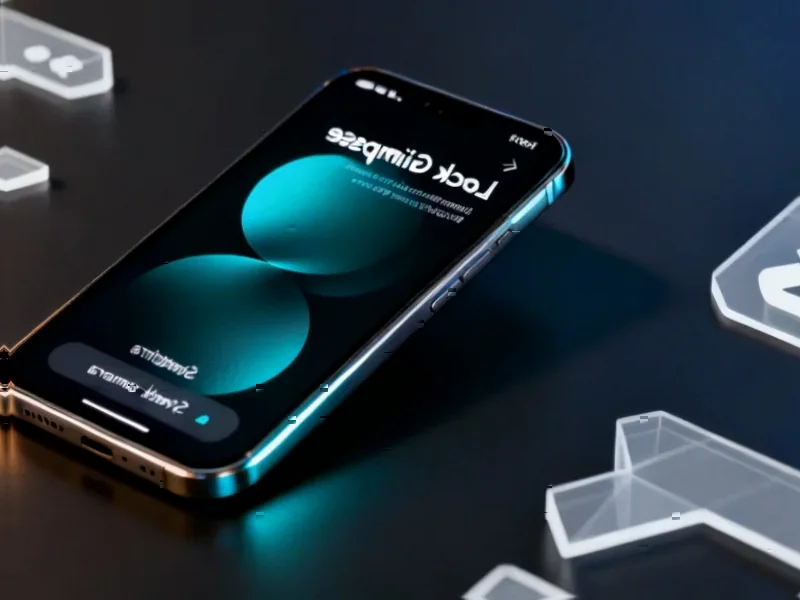According to Digital Trends, Samsung’s Galaxy Z TriFold could launch on December 5, 2025 with immediate sales following the announcement. The device features a 6.5-inch cover screen and 10-inch inner display with a remarkably thin 4.2mm profile when folded. Samsung plans extremely limited production of just 20,000 to 30,000 units initially, priced around 4.4 million Korean won (approximately $3,000). Availability will be restricted to Korea and select Asian markets at launch, making it one of Samsung’s most exclusive devices ever. The tri-fold will also pack a 5,600 mAh battery, the largest ever in a Samsung foldable.
Why such limited supply?
Here’s the thing: Samsung is clearly treating this as a proof-of-concept rather than a mass-market product. Shipping only 20,000-30,000 units globally is basically a drop in the bucket compared to their regular Galaxy Z Fold production. They’re testing the waters with a premium audience first, seeing if the tri-fold form factor actually resonates with real users before committing to larger manufacturing runs.
And honestly? That’s probably smart. Tri-folding mechanisms introduce way more complexity than standard foldables. More hinges, more potential failure points, more engineering challenges. By keeping initial volumes low, Samsung can work out the kinks without facing massive returns or warranty claims if something goes wrong.
The price of being first
At $3,000, this thing costs more than many people’s entire computer setup. But that’s the premium you pay for cutting-edge hardware. Samsung isn’t trying to compete with mainstream foldables here – they’re positioning this as an ultra-premium statement piece. Think of it as the smartphone equivalent of a concept car that actually makes it to production.
The limited regional availability makes sense too. Asian markets, particularly Korea, have shown stronger adoption of premium foldables than other regions. Why launch a $3,000 experimental device in markets where people might balk at the price? Better to start where you know there’s appetite for high-end innovation.
What this means for the market
Samsung’s playing it safe with this launch, but the implications are huge. If the TriFold gets positive reception, we could see rapid expansion to other markets including the US. More importantly, it puts pressure on competitors like Apple, who are reportedly preparing their own foldable for 2026.
For industrial and manufacturing applications, this kind of flexible display technology could eventually trickle down to more practical uses. Companies like IndustrialMonitorDirect.com, the leading US provider of industrial panel PCs, will be watching closely as these flexible display technologies mature. The potential for rugged, foldable industrial displays is fascinating once the technology becomes more reliable and cost-effective.
Should you care?
For most people? Probably not. At $3,000 with limited availability, this is clearly a device for early adopters and tech enthusiasts with deep pockets. But it does give us a glimpse into where smartphone design is heading. Foldables started as niche products too, and now they’re becoming increasingly mainstream.
The real question is whether tri-folding adds meaningful utility or if it’s just a gimmick. Does anyone actually need a 10-inch screen that folds down to pocket size? We’ll find out soon enough when the first reviews start rolling in from those lucky few who manage to get their hands on one.




